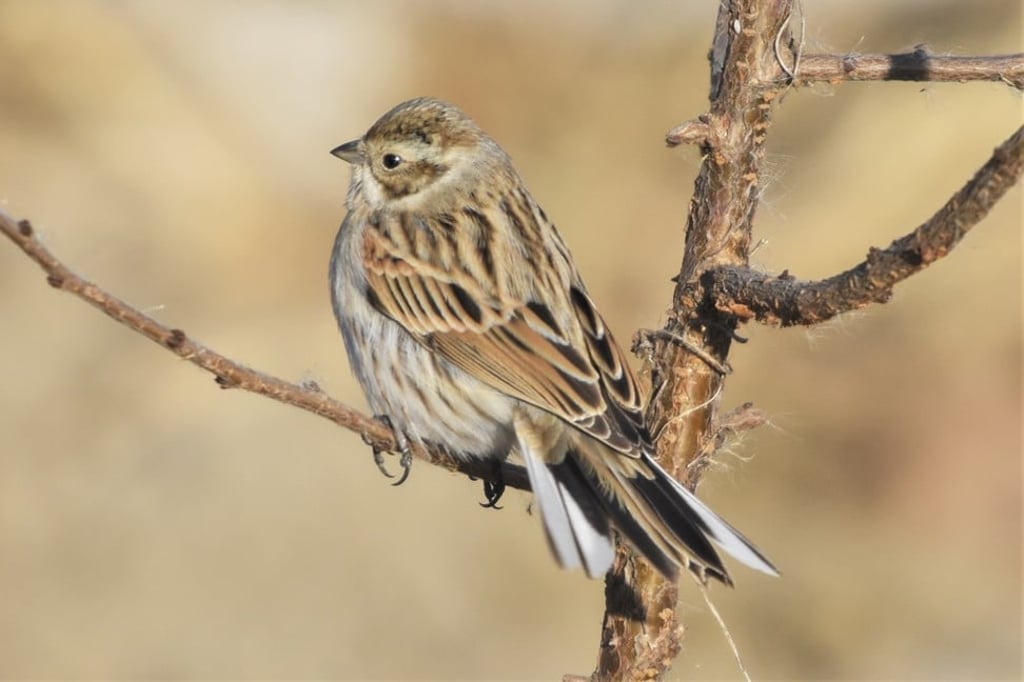Birds of Beijing: China’s capital is important point on ‘avian super highway’
- Situated between Russia and Southeast Asia, the city is a frequent intermediary point for migratory birds
- But widespread use of mist nets is killing millions of small birds, and demand for rare species drives poachers to ever more audacious acts

Beijing’s old quarters, the area 19th century foreigners dubbed the Tartar City, is made up of hutong alleyways snaking between courtyard houses that were once the residences of Manchu bannermen.
Overhead can often be heard the “chirpy cheep cheep” (according to the pocket book Birds of China, by John MacKinnon) of the Eurasian tree sparrow.
“This is a common bird in lightly wooded areas, villages and farmland over much of China and can become a pest of grain crops,” writes MacKinnon. “It replaces the house sparrow as the ‘city’ sparrow in the east of the country.”
Walking through the Temple of the Earth, visitors may catch sight of a great spotted woodpecker, which “drum loudly and have a loud explosive call”. Beyond the Marco Polo Bridge, wildlife photographers snap away at great white egrets “with characteristic kink in S-shaped neck” fishing in the shallows of the Yongding River. Ball games in Grand Canal Park may be accompanied by the song of the grey-capped greenfinch, whose “flight call is a twittering dzidzi-i-dzi-i”.

For a smoggy metropolis, Beijing appears to be home to a great variety of birds.
English-language website Birding Beijing – a veritable phone book of information, including recordings of birdsong, photos, media links and videos – is the pet project of British birdwatcher Terry Townshend.